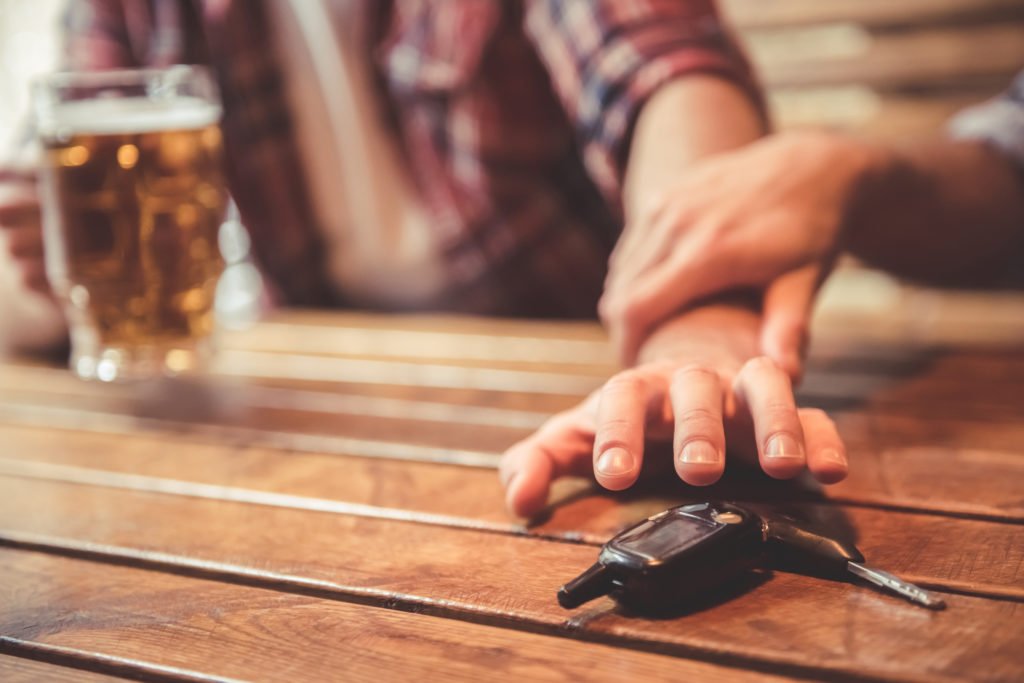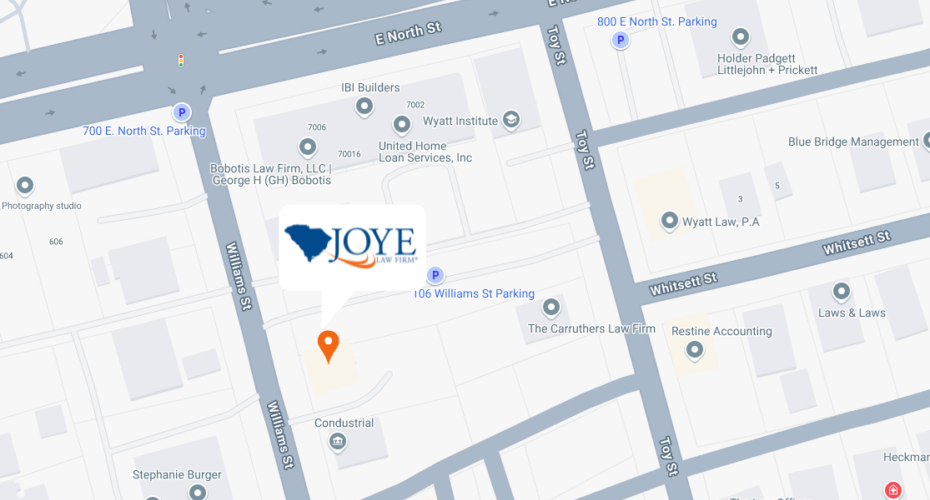As drivers get used to automation features such as adaptive cruise control and lane-centering technology, they become more likely to let their focus slip or take their hands off the wheel, according to a new study.
Researchers from the Insurance Institute for Highway Safety and the Massachusetts Institute of Technology evaluated the driving behavior of 20 volunteers over a month as they became accustomed to advanced driver assistance features.
One group of 10 volunteers drove a Land Rover Range Rover Evoque equipped with adaptive cruise control (ACC), which automatically keeps the vehicle traveling at a speed chosen by the driver and maintains a pre-established following distance. Another 10 drove a Volvo S90 with both ACC and Pilot Assist, which combines cruise control with lane-centering technology that keeps the vehicle positioned laterally in the travel lane.
After a month, the drivers’ focus began to slip, and they were more likely to fidget with the car’s other electronics or pick up / look at a cell phone, the researchers reported. The impact of Volvo’s system, which by assisting with two tasks offers the highest level of automation available in production vehicles today, was more dramatic than that of ACC alone.
“Drivers were more than twice as likely to show signs of disengagement after a month of using Pilot Assist compared with the beginning of the study,” IIHS Senior Research Scientist Ian Reagan, the lead author of the study, said. “Compared with driving manually, they were more than 12 times as likely to take both hands off the wheel after they’d gotten used to how the lane centering worked.”
This is a real problem because today’s automated driving doesn’t do as much as some people may assume. The state-of-the-art systems used in the Insurance Institute for Highway Safety study “have trouble negotiating many common road features, so the driver must be in control at all times,” the IIHS says.
Driver Automation Demonstrates Potential for Danger
Systems similar to Volvo’s Pilot Assist are available from Cadillac (Super Cruise), Mercedes-Benz (Intelligent Drive), and Tesla (Autopilot), the IIHS says. They are on our nation’s highways, maybe here in South Carolina, cruising alongside you with a driver whose mind could be elsewhere.
Early one morning in August, a man in North Carolina had Tesla’s Autopilot engaged as his car drove U.S. 64 east of Raleigh and he watched a movie on his cellphone. His car almost hit a deputy sheriff standing outside his cruiser on the side of the highway before crashing into patrol cars from the Nash County Sheriff’s Office and State Highway Patrol, which, fortunately, no one was in.
“Luckily, the state trooper pushed our deputy out of the way when he heard the tires squall (or), in an instant, we could have lost a life or several lives. It could have been very horrific,” Nash County Sheriff Keith Stone told local media.
The driver, a Raleigh physician, was charged with a move-over law violation and viewing a television device while driving.
As media reports about that accident say, Tesla’s website states, “Current Autopilot features require active driver supervision and do not make the vehicle autonomous.” Further, Tesla’s site refers to “full self-driving capabilities in the future” – not today.
Automation in vehicles is classified according to a system developed by SAE International, with a range from 0 (no automation) to 5 (fully self-driving). Level 1 systems can assist the driver with one driving task, such as having adaptive cruise control. Level 2 systems, such as Pilot Assist, can assist with two tasks. Level 2 is the highest level of automation available in production vehicles today.
At Levels 3 and 4, vehicles will be able to drive themselves in most situations and may instruct a human driver to take over when necessary (Level 3) or not operate unless conditions allow. These types of vehicles may operate over pre-programmed routes or require perfect weather conditions, for example.
Driver Automation Demonstrates Potential for Safety
 With proper driver attention, today’s driver assistance technologies are reducing crashes, the IIHS says. Front crash prevention systems have been shown to reduce front-to-rear crashes. Lane departure warning, blind-spot detection, and rear crash prevention also show real-world benefits.
With proper driver attention, today’s driver assistance technologies are reducing crashes, the IIHS says. Front crash prevention systems have been shown to reduce front-to-rear crashes. Lane departure warning, blind-spot detection, and rear crash prevention also show real-world benefits.
In April 2010, the IIHS said in another study that insurance claims data involving various BMW models with collision avoidance systems show that these types of systems, as the technology improves, are preventing more crashes. This was a study of four different BMW crash avoidance packages. The first one combined forward collision warning and lane departure warning. A second included those features as well as front automatic emergency braking. The Driving Assistance package added adaptive cruise control. Driving Assistance Plus includes all those features as well as lane centering and front cross-traffic alert.
Three of the four crash avoidance packages were associated with reductions in collision, property damage, and bodily injury claim rates. For example, the Driving Assistance package reduced collision, property damage, and bodily injury claim rates by 6 percent, 27 percent, and 37 percent, respectively.
However, BMW’s most basic package, with only forward collision and lane departure warning, was associated with a 2 percent increase in the frequency of collision claims, a 5 percent increase in the frequency of property damage claims, and an 11 percent increase in the frequency of bodily injury claims.
“The crash claim frequency reductions for BMW’s Driving Assistance package are the largest we’ve seen from advanced driver assistance systems, which suggests crash avoidance may be delivering bigger benefits as the technology improves,” said Matt Moore, senior vice president of the Highway Loss Data Institute (HLDI).
Negligent Drivers Will Still Be Held Accountable for Car Accidents
While driver assistance technology advances each year, we expect there will be drivers at the wheels of cars on South Carolina roads and highways for many years to come. And they must stay focused on the task of driving. Unfortunately, some drivers will fail to pay adequate attention to the road or drive carelessly and cause crashes. Drivers who cause autopilot accidents as a result of negligence should be held liable for the harm they cause others.
After a car accident in South Carolina involving injuries due to others’ negligence, the car accident lawyers of Joye Law Firm can guide you through the claims process and help you pursue full financial recovery from the at-fault driver.
If you’ve been injured in a car accident, fill out our free, no-obligation accident questionnaire or phone us at 877-941-1019 today to find out how we can help you.







































